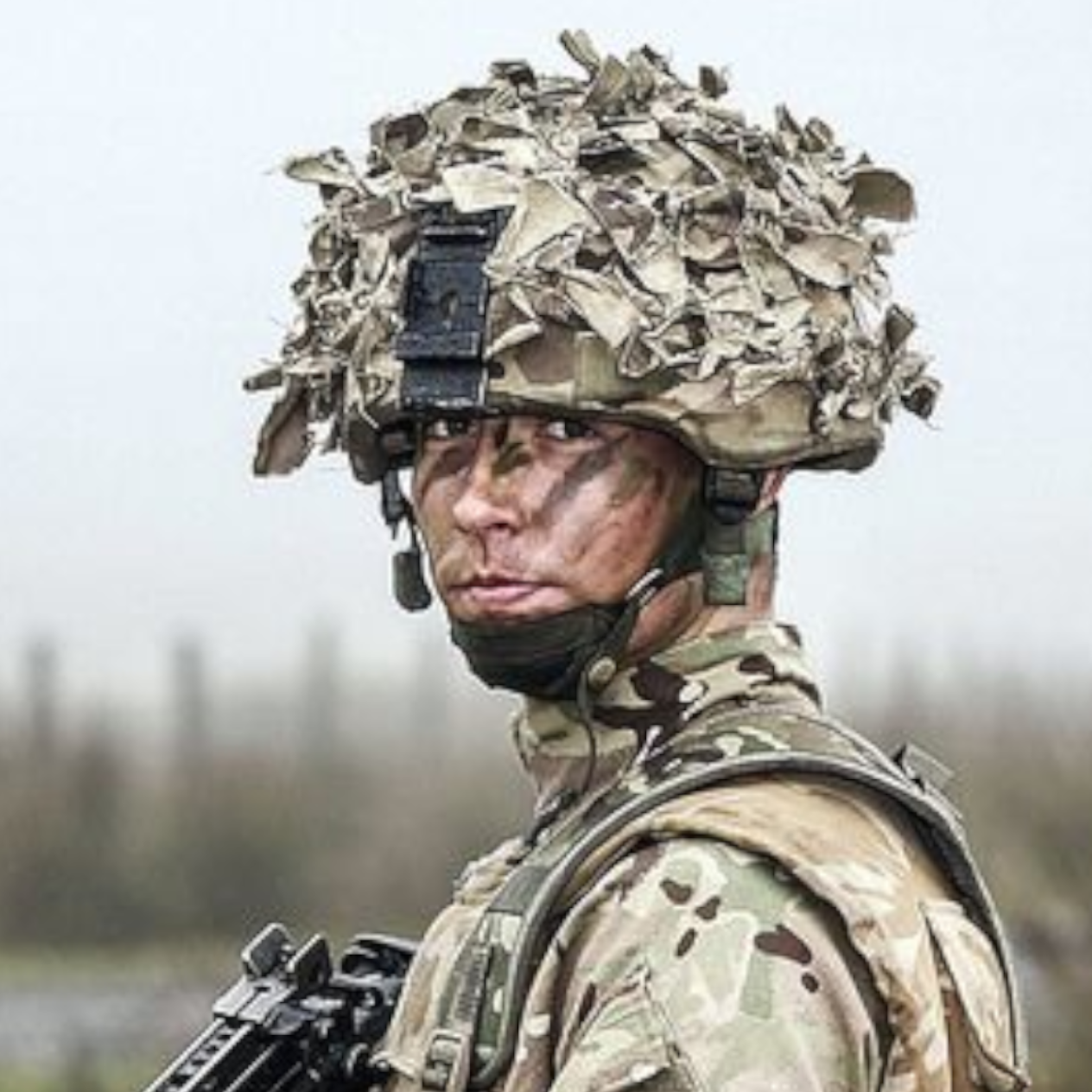I have an upcoming meeting with the chief of police at my school and came up with a whole plan. Though it’s not just security it’s a labyrinth so sophisticated it was ether completely deter someone from even trying or completely break and capture the intruder. If anyone tried the first time and managed to get past front 1 and 2. They would have to deal with “the creator” guiding the squadron and controlling the labyrinth helping students escape while leading the intruder away from students or capture.
It’s a great security strategy for trained personnel, but your talking about high school students here. It doesn’t matter how hard security person’s train and prepe for scenarios, you have to factor in the fact that you will have a large unknown of teenagers being teenagers. You also should consider budget. They might not have the budget for the security measures such as a “command center”. You should consider factoring things that take a literal second to think about: communication (and redundancy). Code words, call signs, de-escalation phrases, silent alarms. And more.
Thank you for your feedback! You’re absolutely right that budget and the unpredictability of students are important factors to consider. The plan I’ve proposed envisions not just regular security guards, but specialized military personnel who would handle the more advanced aspects of security, while the local police focus on protecting staff and students in secure areas.
I understand the concerns about budget and practicality. This plan is meant as a comprehensive framework, which schools can adapt according to their resources. The key is to address major security weaknesses, even if the exact details of the proposal aren’t fully implemented.
Your points about communication and redundancy are crucial. Implementing clear communication protocols, code words, de-escalation techniques, and silent alarms are all essential elements that should be integrated into any security plan to ensure effectiveness and adaptability.
The plan I’ve proposed envisions not just regular security guards, but specialized military personnel who would handle the more advanced aspects of security
There’s a reason why the Army is not allowed to operate in our borders, and isn’t called upon for domestic policing. Police and security guards are trained to protect. Soldiers are trained to kill. They’re conditioned through training to react with lethal force without thinking. Soldiers don’t belong anywhere near high school students.
Initial Fronts - Capture if Possible:
- Objective: The focus here is on capturing suspects if feasible. This approach emphasizes the use of non-lethal methods and de-escalation techniques to minimize harm and potentially gather valuable intelligence.
- Importance: Prioritizing capture when possible aligns with the goal of preserving life and enabling legal processes. It also allows for the possibility of suspects surrendering peacefully.
Secondary Front - Assess and Neutralize:
- Objective: If suspects make it past the initial fronts, the next phase involves assessing the threat and neutralizing it if necessary. This phase can involve more immediate actions to protect civilians and secure the area.
- Importance: This phase serves as a contingency if initial efforts to capture are unsuccessful. It helps address ongoing threats while still considering the option of surrender.
Final Squadron - Eliminate if Necessary:
- Objective: The last phase involves eliminating the threat if all other options have failed and if the situation remains dire. This step is taken only if suspects do not surrender and continue to pose a significant risk.
- Importance: This approach ensures that lethal force is used as a last resort, preserving life wherever possible. It reflects a controlled escalation based on the threat level.
Honestly we shouldn’t even need to worry about this imo but I fully see what you mean. Though I will say I believe making sure security and safety is top priority. While any orange markers will be told put their hands up and then they will be swarmed in on and detained. Then the idea of doors and smoke and more allowing the professionals to engage and capture the target hopefully.
Though am I wrong to assume if someone is carrying a AR15 trying to kill our kids. Why should it matter if the target is eliminated or captured. Those are the future generations and innocents. While the first goal is capture and neutralize. When passing beyond the office. They will be eliminated unless they give up from psychological effects.
No what I’m saying is draw back on your plan make the split second security measures the front of your speech. Start small and work your way up. That’s also a communication tool for non security situations. You have your plan you want to pitch, but when you pitch it, start with the smaller and cheaper measures first. That’ll be when you have the upper echelon’s attention. Start small, work your way up. They might not want to hear all of your measures, but make enough printouts for the board to mull and meander on.
I think I understand. I went and discussed the mental health and environment side first and which is relatively cheaper but is also a huge part. Which in itself wouldn’t increase security but is a deterrent for original cause mostly.
Nope that’s a tool used to calm the masses, and don’t get me wrong; it’s not a bad tool, but and this is just IMO, but the security measures that you thought of have already been considered?
Can I ask what schools have already considered this exact plan? Or is different parts. Also I think mental health is a big part. Most times students attack or who intruders are mostly are ex students or students who didn’t have support and had a bad life that pushed them to these acts.

